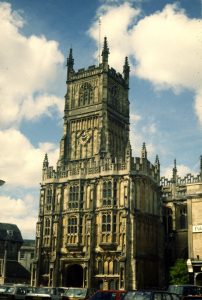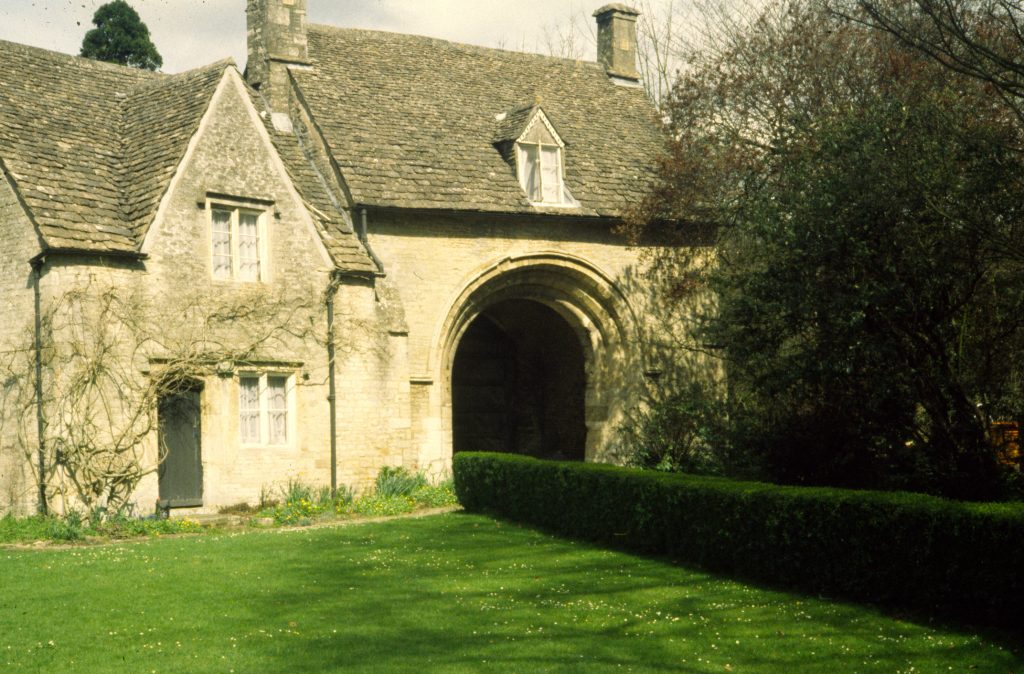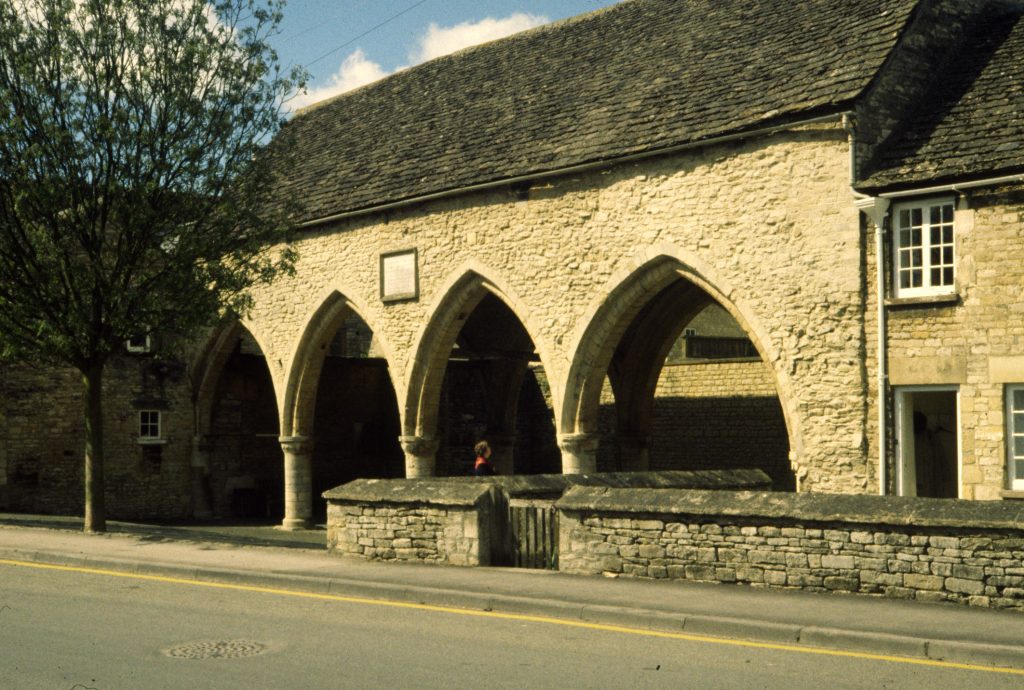 In my last post, I introduced the early history of Cirencester in the Roman and Saxon periods, but Templar’s Prophecy, the fourth novel in my Lady Apollonia West Country Mysteries, is set in AD 1395 in medieval Cirencester. This post will talk about that period in the town.
In my last post, I introduced the early history of Cirencester in the Roman and Saxon periods, but Templar’s Prophecy, the fourth novel in my Lady Apollonia West Country Mysteries, is set in AD 1395 in medieval Cirencester. This post will talk about that period in the town.
Cirencester’s population at the time of the Domesday Book in AD 1086 was about 350 persons, but it grew over the centuries to an estimated 2500 by the fourteenth century. The main economic engine of the town was the wool trade which provided the reasons to have my heroine, Lady Apollonia, living in Cirencester. English Cotswold wool was brought to Cirencester where it was woven, fulled or cleaned and thickened, and then dyed.
For four centuries in the medieval period, there were two great churches which sat almost side by side in the northeastern part of Cirencester, north of the great marketplace. Just outside the walls which enclosed Cirencester Abbey was the Church of Saint John the Baptist which grew to be the largest parish church in Gloucestershire. A picture of its impressive tower and south porch is shown on the upper left.
Yet even this mighty parish church building would have been dominated in medieval times by the greater church of Cirencester’s Saint Mary’s Abbey. The abbey was built on the site of a minster church which dated back to Saxon times. It was founded by King Henry I as an Augustinian abbey in AD 1117 and was enlarged in the 14th century to become the largest Augustinian abbey in all of England. Dissolved by King Henry VIII in the 16th century, only grass parkland remains where the church and other abbey buildings once stood, as you can see in the picture below.
One Norman gate to the abbey grounds, shown below, and parts of the abbey wall remain today. Some remnants of the once mighty abbey can be found elsewhere: a tithe barn on the outskirts of the town and some buildings in the town which utilized stone quarried from the abbey.
In its day, Saint Mary’s Abbey was immensely powerful. The abbot, in the 13th century, gained control of the wool fair, an annual event which attracted buyers and sellers, both domestic and foreign. The abbey drew income from all its transactions, and this market did very profitable business because Cotswold wool was particularly prized in Europe. The economic power which the abbot had often brought him into conflict with townspeople, and I have tried to weave some sense of that conflict into my story.
There were several medieval hospitals in Cirencester. The Hospital of Saint John, shown below, was founded by King Henry I and received significant support in goods and personnel from Cirencester Abbey by the early 13th century. Such a hospital tended to the needs of elderly and sometimes feeble people of the town. There were two other medieval hospitals in Cirencester which also have remains today: Saint Lawrence. a leper hospital and Saint Thomas. In the early medieval period, there was also a castle, but that had been destroyed, well before my story, at the time of the Civil War between King Stephen and Queen Matilda.
Please join me for my next post when I plan to discuss the Knights Templar on which the title to my book is based.


